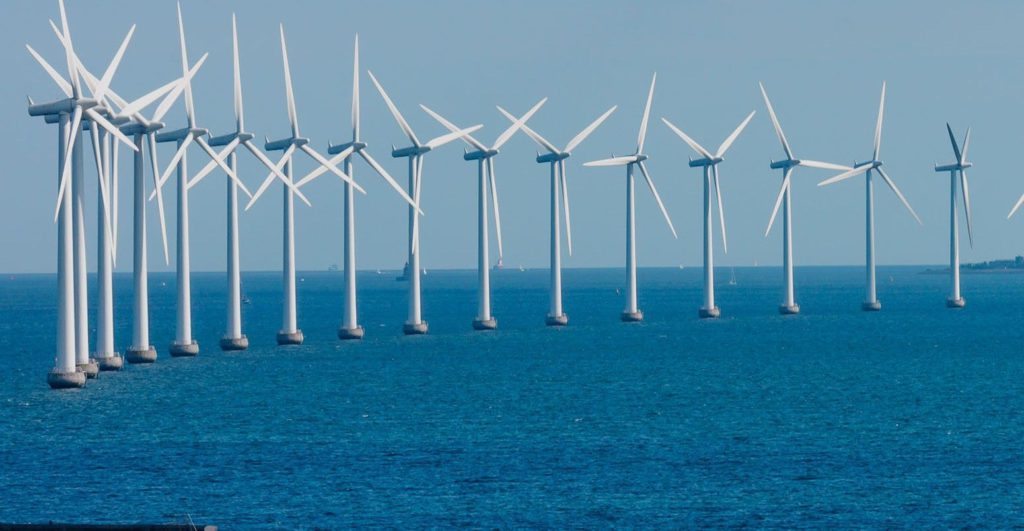The browser you are using is not supported. Please consider using a modern browser.

8 U.S. States are Federally Approved for Offshore Wind Farms

There are only five wind turbines operating in U.S. waters today. But that will likely soon change, partly because of states with ambitious offshore wind targets.
Massachusetts, for example, is about to pick one of the three bids it got from companies vying to build one of the nation’s first commercial-scale offshore wind farms. Equipped with the capacity to generate enough electricity to power as many as 150,000 homes, the turbines located about 20 miles southwest of Martha’s Vineyard would be among several big offshore wind projects that could transform the grid.
We lead an offshore wind energy graduate program at the University of Massachusetts that brings together engineering, wildlife ecology, public engagement and political science students. Through this work, we have come to believe offshore will become a major new source of domestic renewable energy for the nation.
This new Massachusetts venture is planned to be built only a few miles away from the site that had been slated for Cape Wind, which was supposed to be the first commercial-scale offshore wind project ever built in the U.S. What changed after those plans collapsed in 2015 following a 13-year effort?
Perhaps the biggest momentum is coming from market forces, which have improved. Cape Wind’s troubles stemmed from a mix of high costs and public and political opposition that doomed the project. But, the pace of nuclear and coal-fired plant closures has picked up since then.
Meanwhile, the cost of generating electricity through wind off the coast of Europe, the one region where the industry has gained critical mass, has decreased sharply.
Here in the U.S, the Trump administration is approving new leases for offshore wind development. And the industry is gaining state-level support, especially in an East Coast corridor that runs as far south as North Carolina.
Despite Cape Wind’s demise, Massachusetts became the first state to set offshore wind goals in 2016. It aims to install at least 1,600 megawatts of electricity — enough to power over 600,000 homes — by 2027.
Soon after, New York released an even more ambitious master plan, which aims to install 2,400 megawatts of electricity by 2030. Then, New Jersey went further, committing to a 3,500-megawatt goal by 2030.
Besides these three states, another five — Maryland, Virginia, Rhode Island, North Carolina and Delaware — are also moving forward, with federally approved leases to develop offshore wind farms. One in 5 Americans lives in these eight states. The 600,000 jobs the Energy Department predicts that onshore and offshore wind energy will create by 2050 help explain their interest.
Meanwhile, things are moving forward in other states as well. Hawaii plans to rely heavily on offshore wind as part of its goal of getting all its power from renewable sources by 2045. Like states on the West Coast, Hawaii has not gotten federal approval yet for any leases.